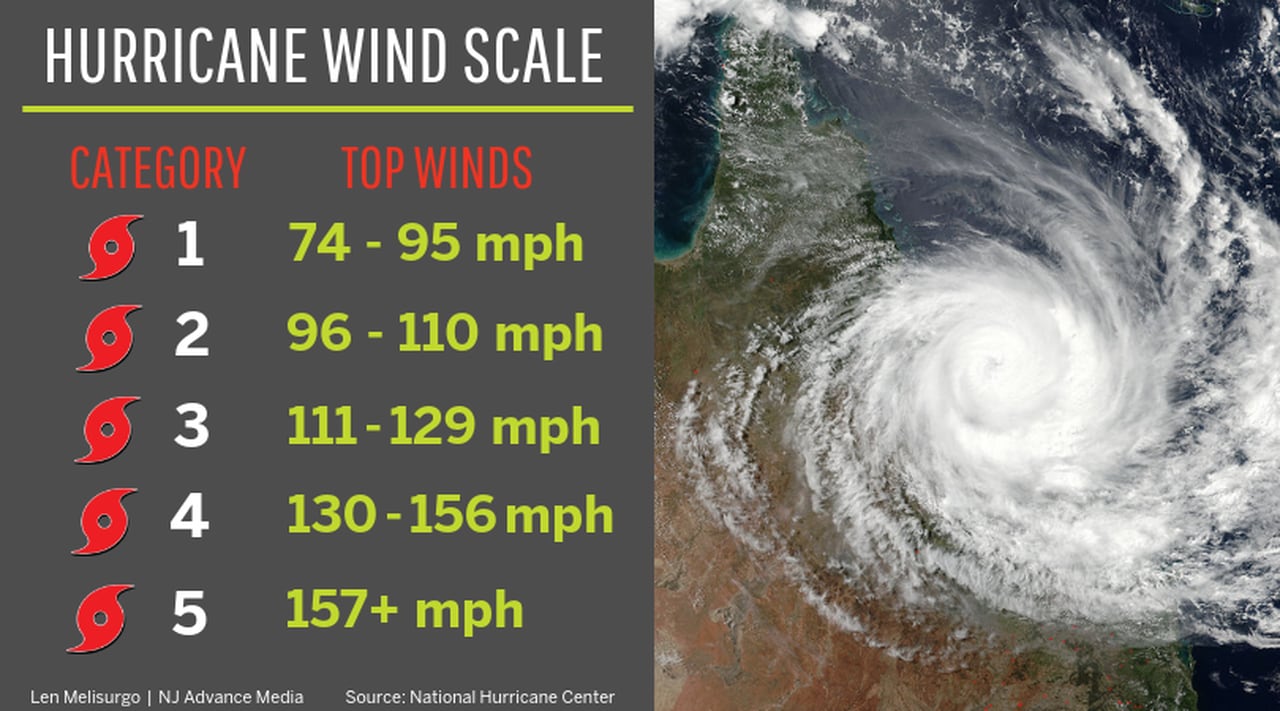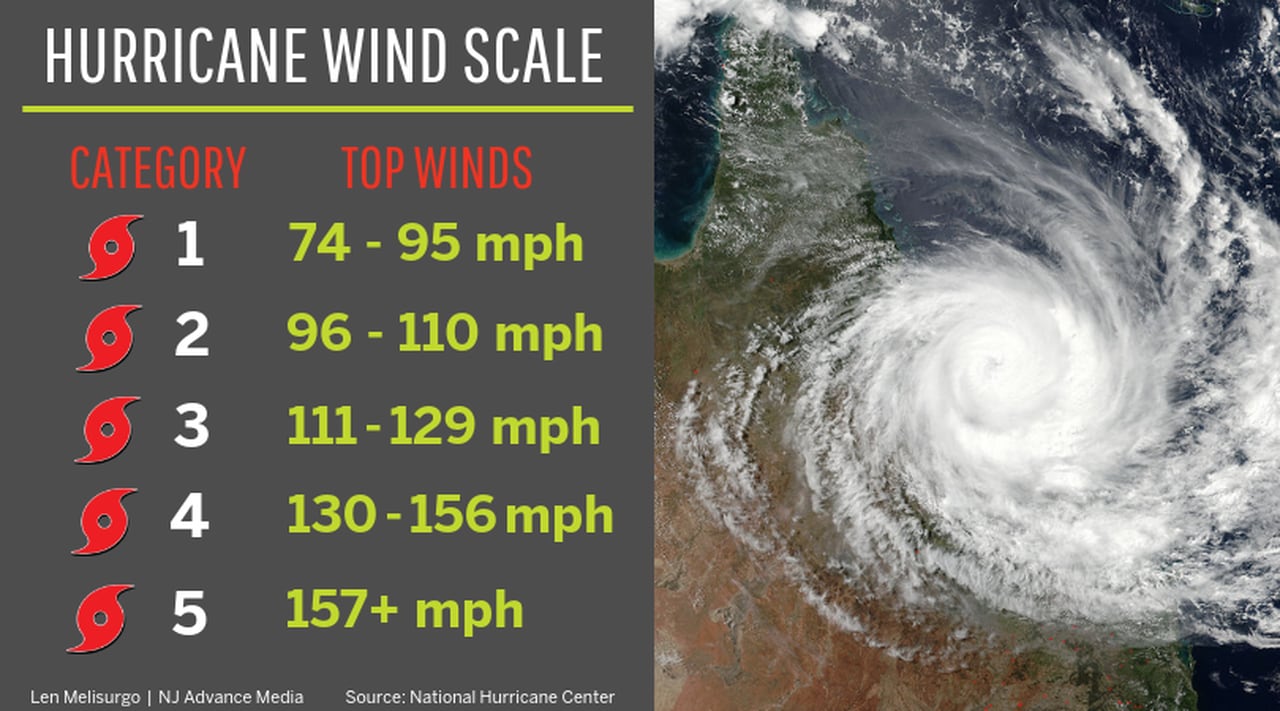Cat 4 hurricane wind speed is a force of nature that can cause catastrophic damage. With winds ranging from 130 to 156 mph, these storms can level buildings, uproot trees, and create storm surges that can flood coastal communities. Understanding the factors that influence Cat 4 hurricane wind speed is crucial for hurricane preparedness and response.
This article will explore the characteristics of Cat 4 hurricane wind speed, the factors that influence it, and the historical impacts of these powerful storms. We will also provide a list of frequently asked questions about Cat 4 hurricane wind speed.
Cat 4 Hurricane Wind Speed Characteristics

Category 4 hurricanes are characterized by their extremely high wind speeds, ranging from 130 to 156 miles per hour (209 to 251 kilometers per hour). These winds are capable of causing widespread damage and can be life-threatening.
The destructive force of a Category 4 hurricane is due to its combination of high wind speeds and large size. The winds can cause severe structural damage to buildings, including the collapse of roofs and walls. Trees can be uprooted, and power lines can be downed, leading to widespread power outages.
Coastal communities are particularly vulnerable to storm surge, which can cause extensive flooding and damage to property.
Types of Damage Caused by Cat 4 Hurricane Winds
- Structural damage to buildings, including the collapse of roofs and walls
- Uprooted trees
- Downed power lines
- Widespread power outages
- Storm surge, leading to extensive flooding and damage to property
Factors Influencing Cat 4 Hurricane Wind Speed
Cat 4 hurricane wind speeds are influenced by a complex interplay of atmospheric, oceanic, and geographical factors. These factors determine the intensity and duration of the hurricane’s destructive force.
Atmospheric Pressure
Hurricanes are fueled by the difference in atmospheric pressure between the warm, moist air over the ocean and the cooler, drier air at higher altitudes. The greater the pressure difference, the stronger the winds. In Cat 4 hurricanes, the pressure difference can exceed 100 millibars (mb), creating powerful updrafts and sustained winds of up to 130 mph.
Sea Surface Temperatures and Ocean Currents
Warm ocean waters provide the energy for hurricanes. Sea surface temperatures of at least 80°F (27°C) are typically required for hurricane formation. Ocean currents can transport warm water to areas that are not normally warm enough for hurricanes, increasing the risk of hurricane development.
Land Interaction
When a hurricane makes landfall, its winds interact with the terrain, causing them to slow down and weaken. However, this interaction can also lead to a phenomenon known as “landfall intensification,” where the hurricane’s winds can temporarily increase as it moves over land.
Historical Cat 4 Hurricanes and Their Impacts: Cat 4 Hurricane Wind Speed
Category 4 hurricanes are among the most powerful and destructive storms on Earth. Throughout history, these hurricanes have left a trail of devastation in their wake, causing widespread damage and loss of life. In this section, we will explore some notable Category 4 hurricanes, their impacts, and the lessons learned from these events.
Notable Category 4 Hurricanes, Cat 4 hurricane wind speed
The following table lists some of the most notable Category 4 hurricanes in history, along with their wind speeds and the areas they impacted:
| Hurricane | Wind Speed (mph) | Areas Impacted |
|---|---|---|
| Hurricane Maria | 155 | Puerto Rico, US Virgin Islands |
| Hurricane Irma | 185 | Caribbean, Florida |
| Hurricane Harvey | 130 | Texas, Louisiana |
| Hurricane Katrina | 175 | Louisiana, Mississippi, Alabama |
| Hurricane Andrew | 165 | Florida, Louisiana |
These hurricanes have caused catastrophic damage, resulting in widespread power outages, flooding, and structural damage. They have also led to significant loss of life, with some hurricanes claiming thousands of victims.
Lessons Learned
The devastating impacts of Category 4 hurricanes have led to a number of important lessons being learned. These lessons have helped to improve hurricane preparedness and response strategies, reducing the risk of future disasters.
- Improved forecasting and warning systems:Advances in technology have allowed for more accurate and timely hurricane forecasting, giving communities more time to prepare for approaching storms.
- Enhanced building codes:Building codes have been strengthened in hurricane-prone areas, requiring new structures to be built to withstand higher wind speeds and flooding.
- Evacuation plans and public education:Evacuation plans have been developed and public education campaigns have been launched to raise awareness of the importance of evacuating before a hurricane strikes.
- Emergency response coordination:Coordination between government agencies and emergency responders has been improved, ensuring a more efficient and effective response to hurricanes.
The lessons learned from past Category 4 hurricanes have helped to reduce the risk of future disasters, but there is still more work to be done. Continued research and investment in hurricane preparedness and response strategies are essential to protect communities from the devastating impacts of these powerful storms.
Last Point
Cat 4 hurricane wind speed is a serious threat to coastal communities. By understanding the factors that influence these storms and the potential impacts they can have, we can better prepare for and respond to these powerful events.
Key Questions Answered
What is the difference between a Category 3 and Category 4 hurricane?
Category 3 hurricanes have wind speeds ranging from 111 to 129 mph, while Category 4 hurricanes have wind speeds ranging from 130 to 156 mph. Category 4 hurricanes are therefore more powerful and can cause more damage than Category 3 hurricanes.
What are the potential impacts of a Cat 4 hurricane?
Cat 4 hurricanes can cause widespread damage, including:
- Structural damage to buildings and infrastructure
- Uprooted trees and downed power lines
- Storm surges that can flood coastal communities
- Loss of life
What can I do to prepare for a Cat 4 hurricane?
There are a number of things you can do to prepare for a Cat 4 hurricane, including:
- Develop an evacuation plan
- Secure your home and property
- Stock up on food and water
- Have a battery-powered radio and flashlights on hand
- Stay informed about the storm and follow the instructions of local officials

